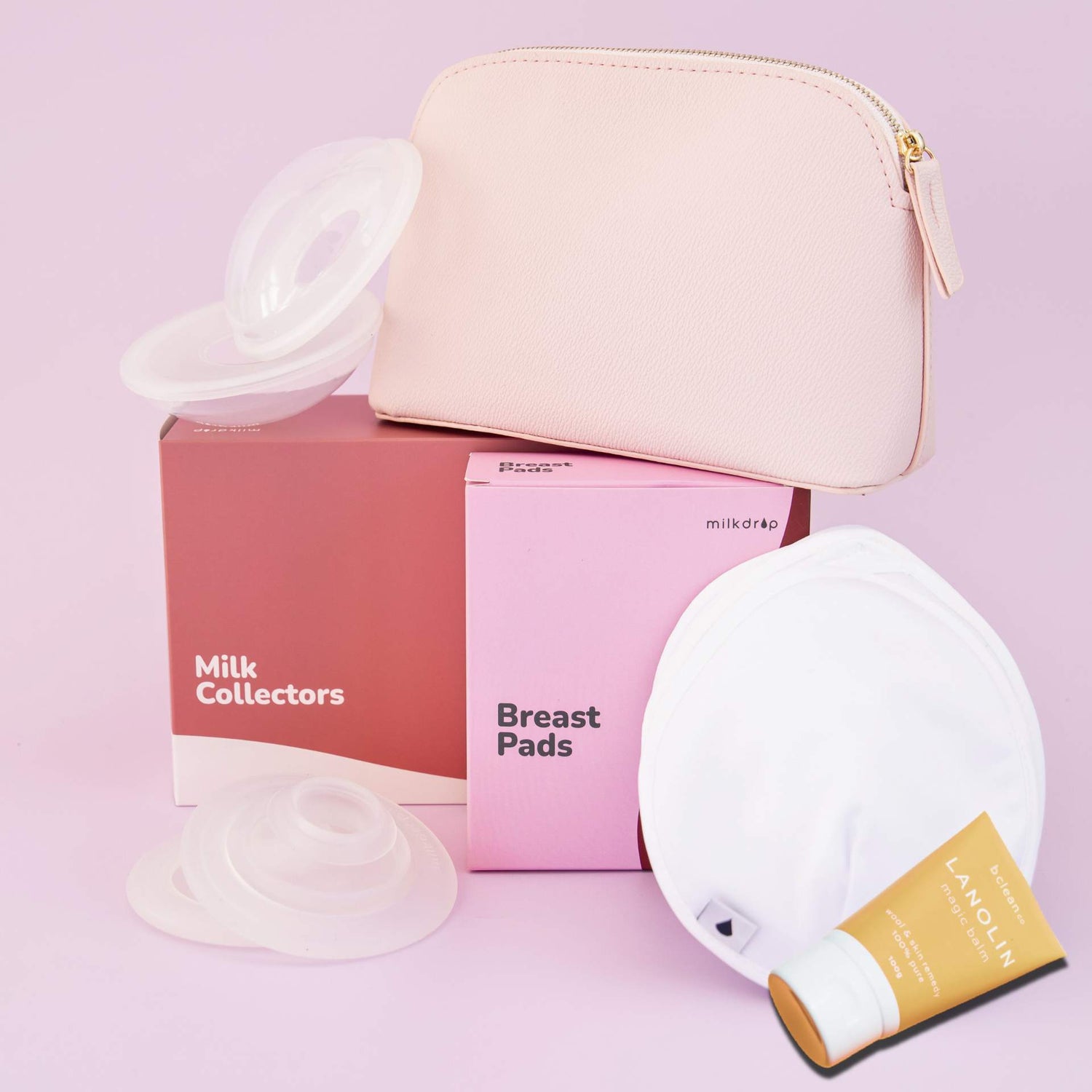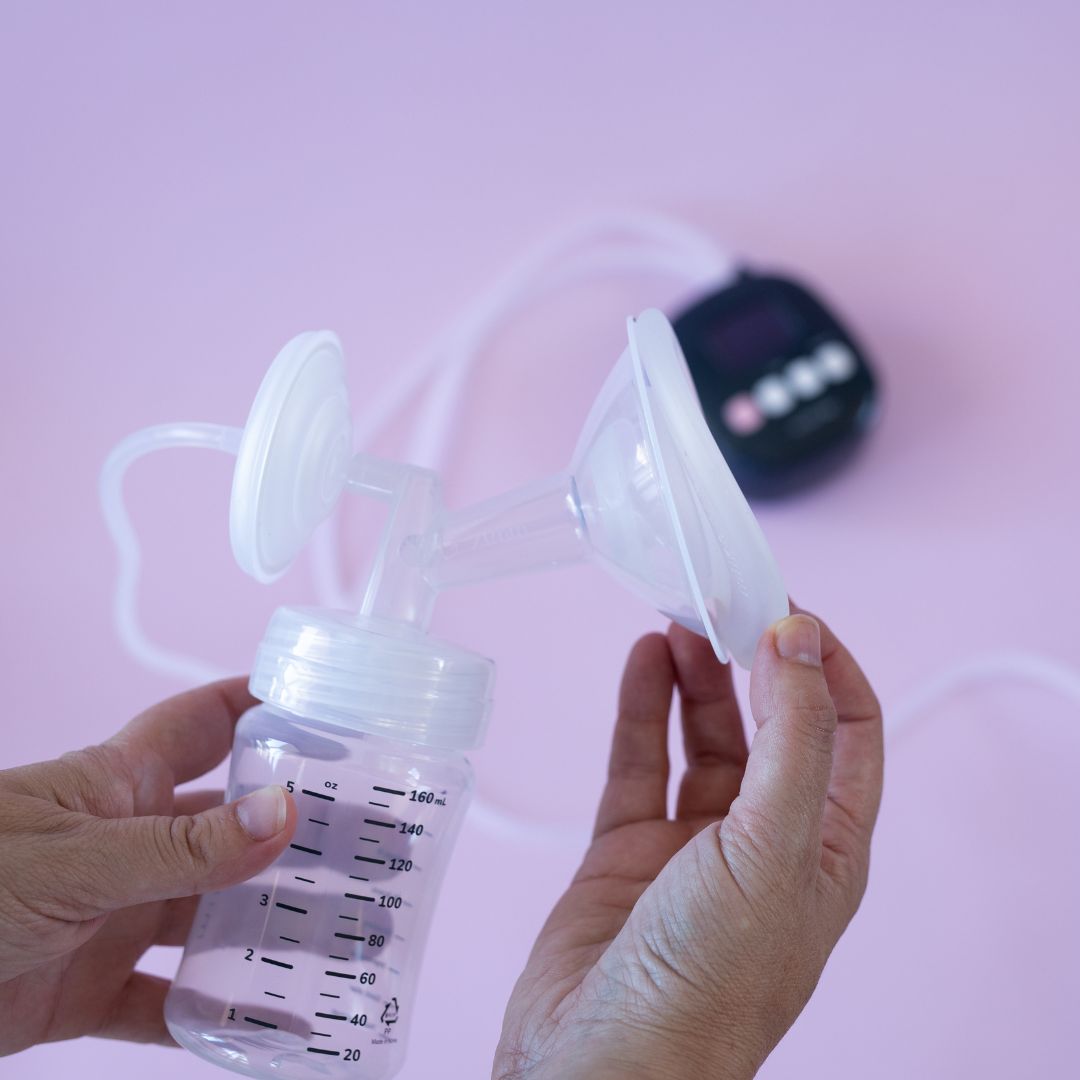Knowledge is power, particularly when it comes to understanding your postpartum body and breasts. Separating fact from fiction can help you feel more comfortable pumping, may help you pump more milk - and you’re also going to be the one everyone wants on the trivia team!
Let’s separate the fact from fiction with a shortlist of common misconceptions about your breasts. Let’s bust some myths!
MYTH: You are no different from a dairy cow
You’re not the only one who *feels* like a cow - 83% of women we surveyed felt the same way.
However, our breast anatomy is quite different from other mammals, as is what’s in your milk. Each mammal has a different milk composition depending on what their baby needs.
Other mammals, such as cows and goats, have lactiferous sinuses; these are storage cavities within the teat that hold milk. We do not have these handy storage facilities - our milk goes straight from the alveoli to the nipple.
FACT (and how it'll change the way you pump):
Your anatomy is definitely different from a cows, so when you’re hand expressing or massaging your breast while you’re pumping compress back into your breast and release, rather than sliding down your breast like you might milk a cow.

MYTH: Your ducts are evenly spaced
Although depictions of the lactating breast across social media (and even some textbooks!) may convince you otherwise, your ducts are not spaced around your breast like a clock. There may be more ducts in some parts of your breast than others.
FACT (and how it'll change the way you pump):
Since your ducts aren’t spaced regularly, we’d recommend taking some time to get to know your breast. If you watch closely, you may notice better flow when you pump from one part or one breast than the other. It may also be why you tend to get blocked ducts or mastitis in a particular area of your breast. If you’re finding that you get pain or blocked ducts in the same place every time, it could mean that you’re not able to effectively drain this area. Try different positions, hand expression, gentle massage, a different pump or different settings. And find a lactation consultant who knows about pumping!
MYTH: You have over 20 ducts at your nipple
You may assume that your nipples have loads of milk ducts but, actually, you’re likely to only have around 3-10 functioning pores. The other lumps around your areola are called Montgomery Glands which secrete a lubricating fluid for your nipple, while also helping your baby find their way to feed after birth.
FACT (and how it'll change the way you pump):
You don’t need to have sprays of milk coming from every pore in your nipple to express or nurse enough for your baby. When you’re sizing your flange, unless you have a lot of milk coming from a pore on your areola, try to find a flange that allows your nipple (the part in the centre) to move freely in the flange, without sucking your areola in.
If you're having trouble with flange sizing, you can always try a milkdrop. The soft silicone moulds to your breast, and allows your nipple to move while supporting your areola. It also gives you a bit more leeway for getting the right size as your nipple changes throughout lactation.
Myth: Your fat sits in a big blob behind your breast
This is not the case at all - your breast fat is mixed around with your glands and other tissue. Some of it even comes out in your milk.
FACT (and how it'll change the way you pump):
Knowing where the fat sits in your breast isn’t likely to change how you pump, although there is a lot of talk about fat content of foremilk and hindmilk. We’ll do another blog on that because there’s a lot to talk about. Watch this space.
Ready for a more comfy pump? Get your Milkdrop cushions here.
Are you a Lactation Consultant? - join our clinician program and get a free sample.



